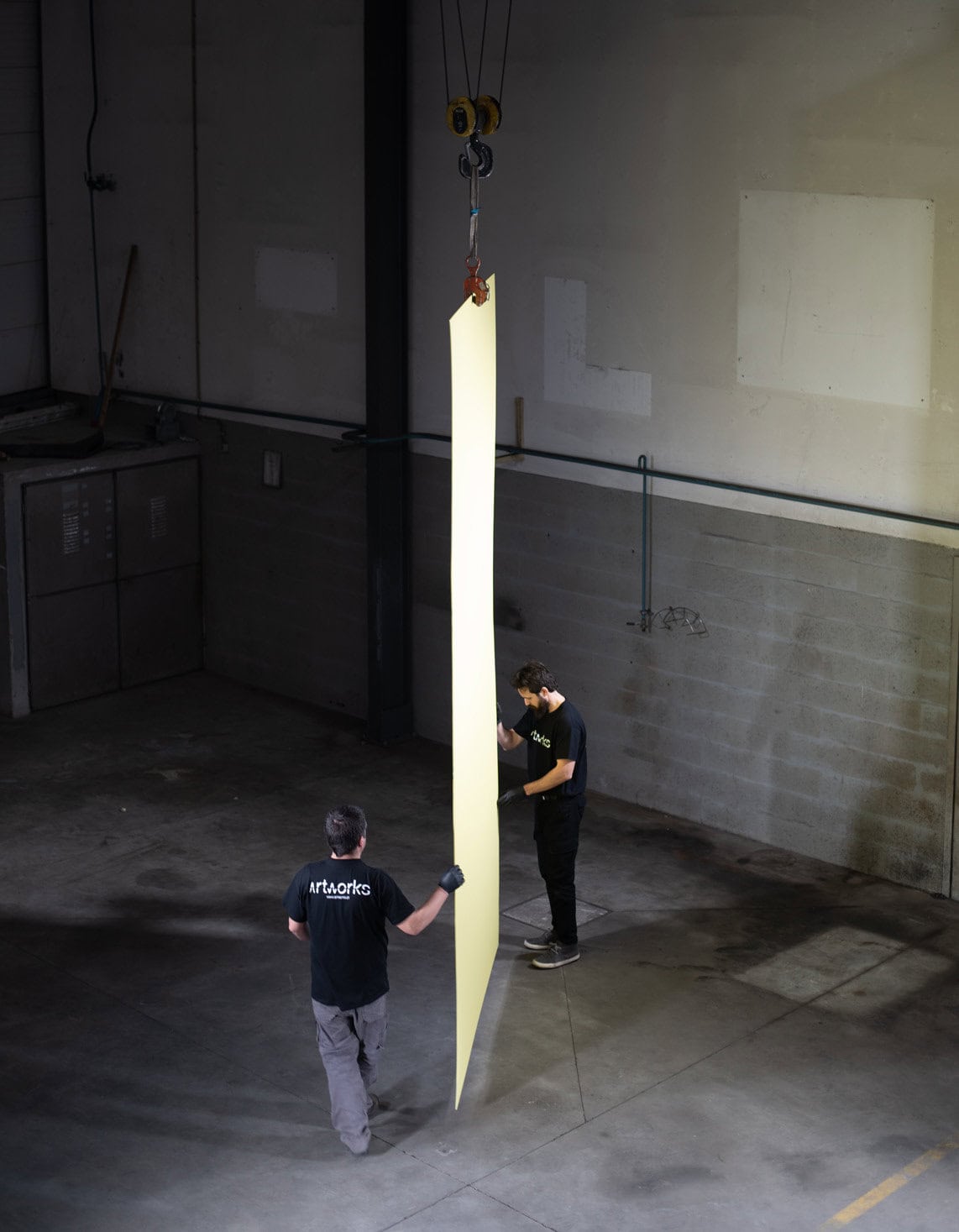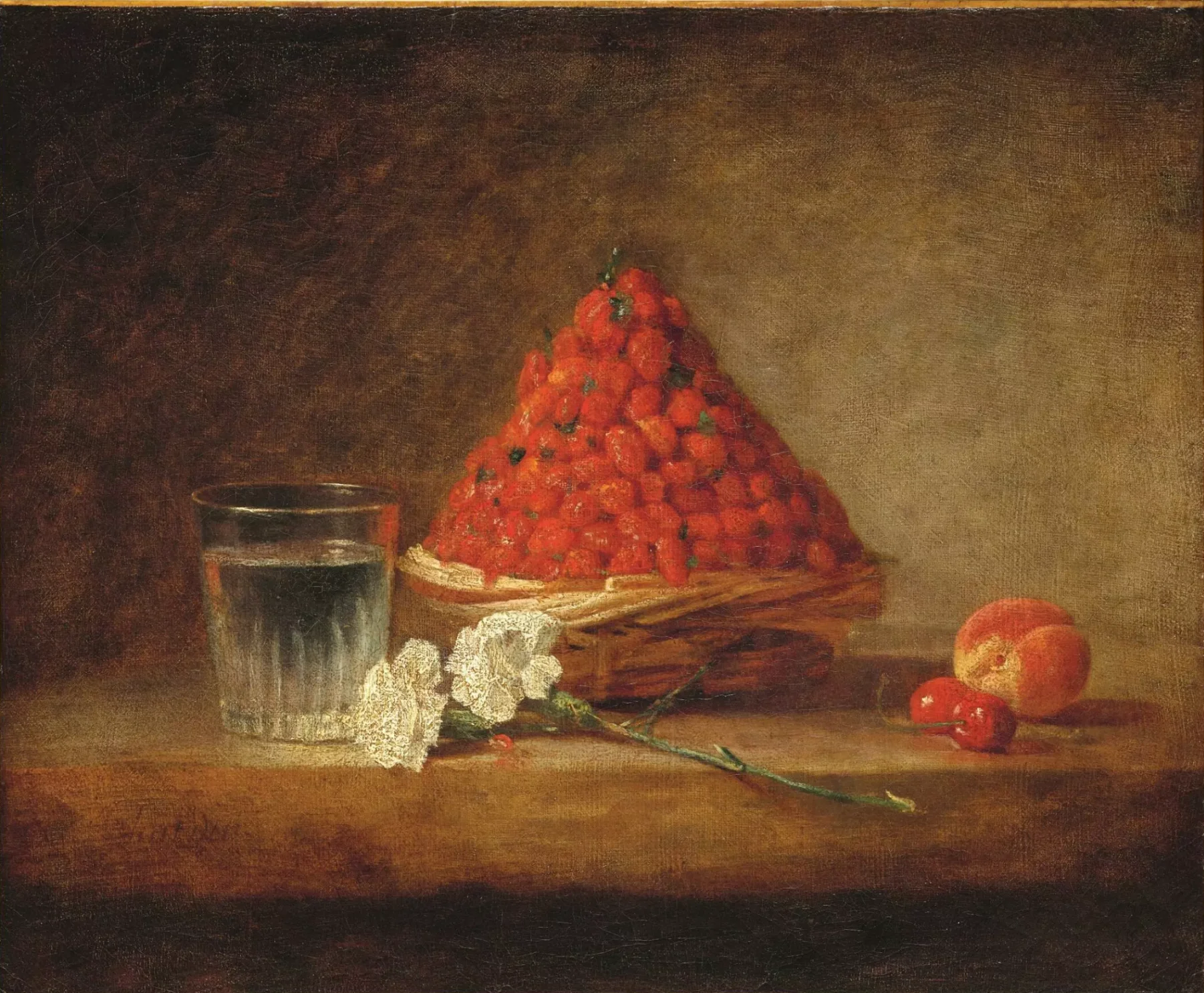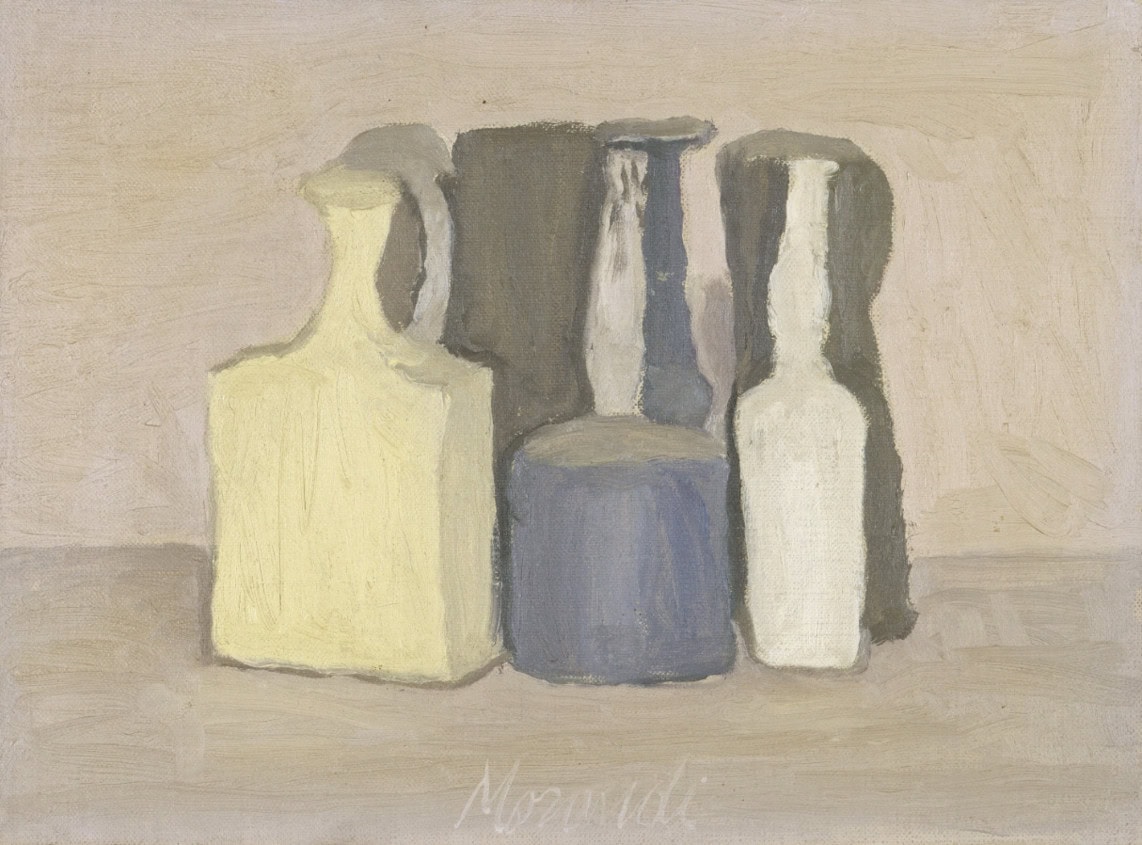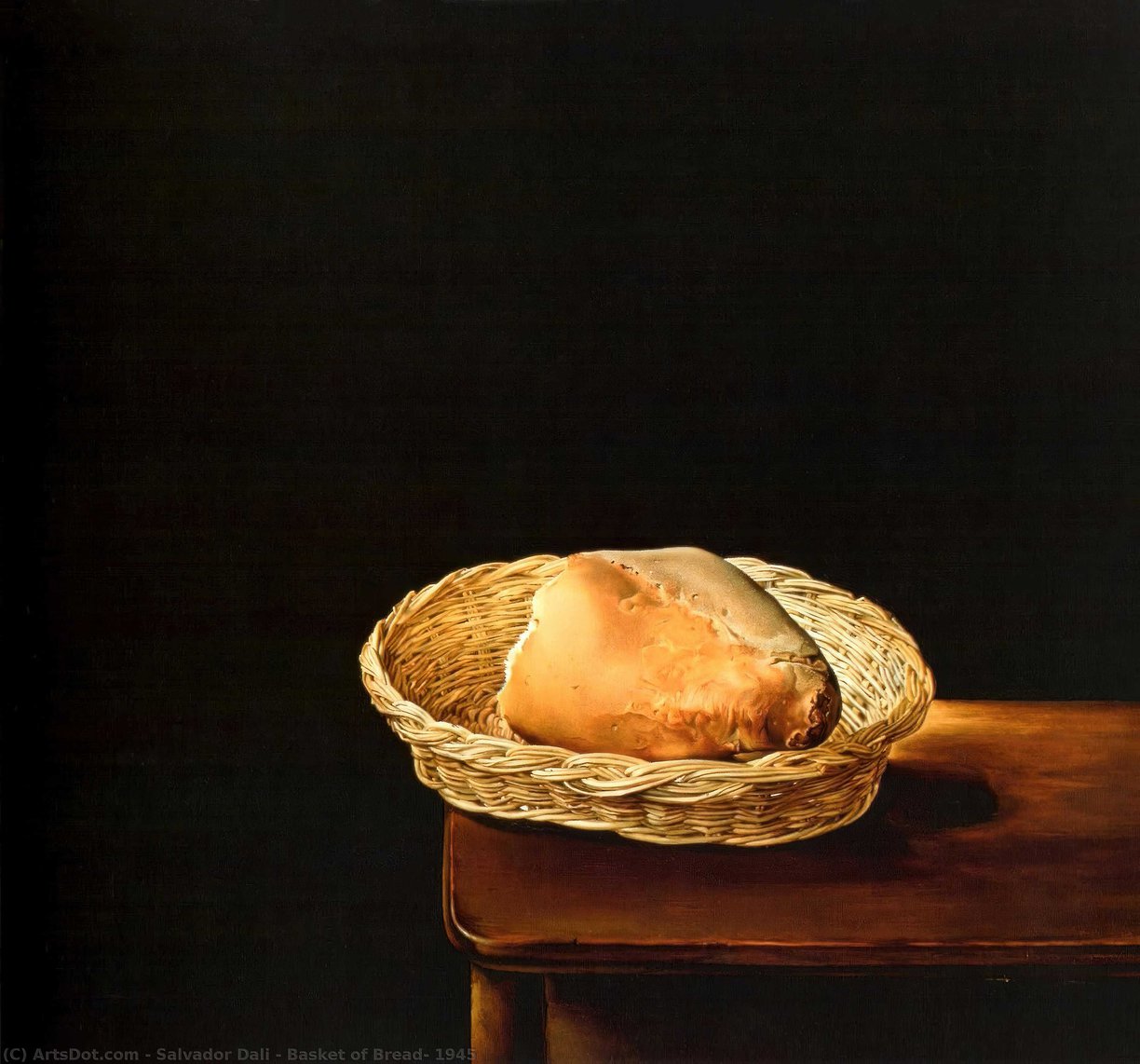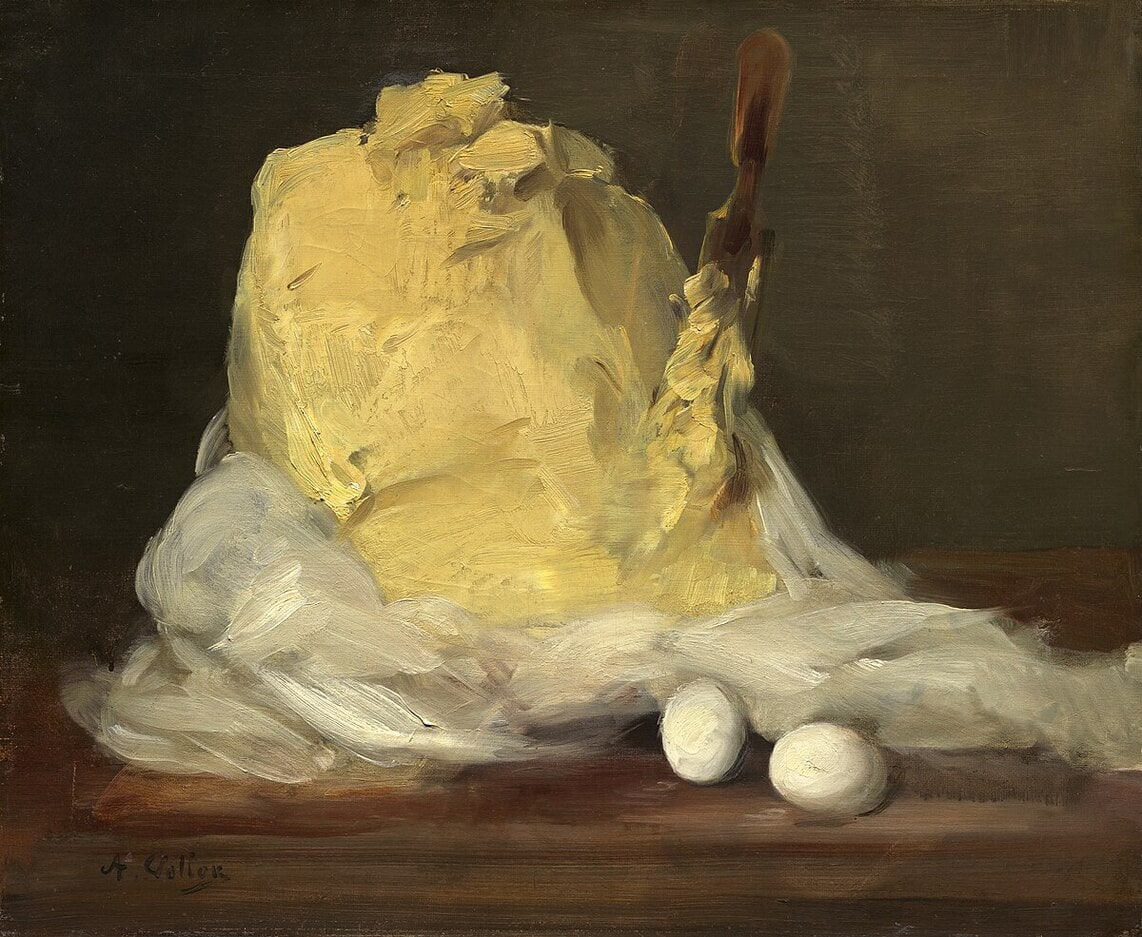Some issues become more urgent as we grow up. I say grow up, because, if we handle things properly, we do not age. Rather, we evolve, we become better. We grow up. Sounds wonderful, doesn’t it? The body develops differently. And some things are essential for our resourcefulness. A pillow is one of them. And, like other basic supplies, there are a thousand ways to tackle the question. The variety of pillows available today is endless. There are goose feather pillows for some, and duck feather pillows for others. There are latex ones, with anti-allergy qualities but polluting production. There are memory foam ones, which “remember” the contours of our faces. Then there are square pillows, rectangular ones, 50 x 70 cm versions, 60 x 60 cm versions, portable versions to put in a backpack, long Scandinavian models. Then there are the orthopaedic pillows: for those who can only sleep on their stomachs, for those who can only sleep on their left or right sides. They can be higher or lower, harder or softer. The lining can be 100% percale cotton, only cotton, or a mix of polyester and cotton. Some are considered cooler, others allow us to breathe better.
Some cannot go a night without more than one pillow. The latest record I learnt about was a person who slept with five pillows. One for the head, one for each side, one for the feet and one to cuddle with. Choosing a pillow is one of the epics of adult life that no one ever discusses. One wrong pillow and we are done. It means endless nights of discomfort.
And then there is another aspect of pillows. Pillows as a pictorial exercise. This one caught me off guard. And there was plenty of time to get ready, since the most extraordinary example of this approach is by Albrecht Dürer from 1493. A drawing of six pillows, all in different positions. This is a brilliant lesson in looking assertively at an object that attains such amorphous proportions.
After having completed part of his training in Europe, the twenty-two-year-old Albrecht Dürer returned home to Nuremberg. This pillow drawing is a reverse of another drawing – a self-portrait of the artist as a young man, with an engaged hand and, interestingly, a wrinkled pillow. Standing in the centre of the composition, the pillow barely seems to fit in. It is not connected to any of the other elements and is too small for the overall scale. We also wonder if the hand is part of the self-portrait composition, as here, unlike the pillow, the hand seems too big. The whole subject, at least, is unusual for the time. We do know that there are three drawings. They may have been preliminary studies for his self-portrait from the same year, which is kept in the Musée du Louvre in Paris.
The question of the reverse side of this drawing is even more interesting. Dürer drew a series of pillows in which he harnessed the light effects in the fabric creases. What led him to use the back of the paper on which he drew his self-portrait? The technique used on the front and back was the same: these were drawings made using nibs and brown ink. We do not know if the paper prices at the time were as prohibitive as they are now. This is one possibility. The means of production were clearly not as readily available. Paper would have been a prized commodity and used in its entirety. We also learnt that pillows already existed. They were most likely made of feathers, but exactly as we know them today. In other words, hundreds of years ago, and continuing to be relevant today, the approach to the pillow motif may be considered a true classic. We keep coming back to it, in an ever-changing sequence that reveals its constant re-updating.
The study is strange for the period in which it was made. It focuses on a mundane artefact that would not be entirely important to be perpetuated on paper. The arrangement is methodical and pursues some formal issue. It may have been a drawing for practice, as is still done today with the tradition of panelling in drawing classes.
The first two pillows work as a set, as they all share a shadow play across their edges. The others are stand-alone studies. The shadows are crossed out, as if a three-dimensional scale were emerging from the lines, pushing the thin fabric into a present form. But we can also believe that this work touches on the oscillation between the waking world and the substance of dreams. The pillows are where we lay our faces every single night, where we toss and turn in the different sleeping phases. The pillows are a mnemonic artefact: not only do they carry traces of the impressions of those who have slept there, but they also capture the fascinating hybrid figures that crowd our dreams. If one looks more closely, the folds of these amorphous pillows reveal the outlines of other twisted figures that come straight from our dreams to our morning pillow. More or less oneiric, the pillows are the remnants of the previous night. Dürer renders the pillows visible. He forces us to think about them, to read them again every morning. There we exit the murky night world to start another bright morning.
